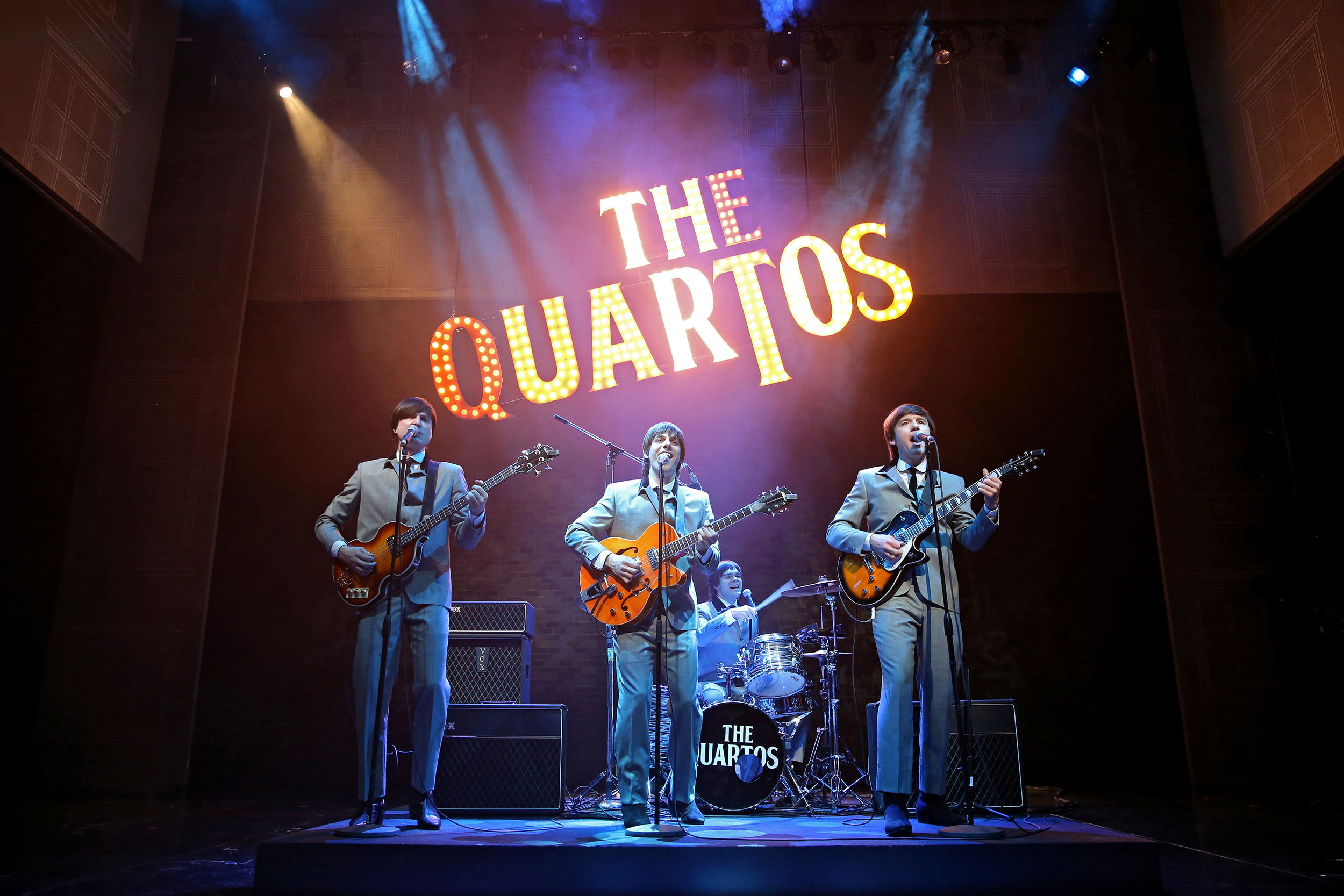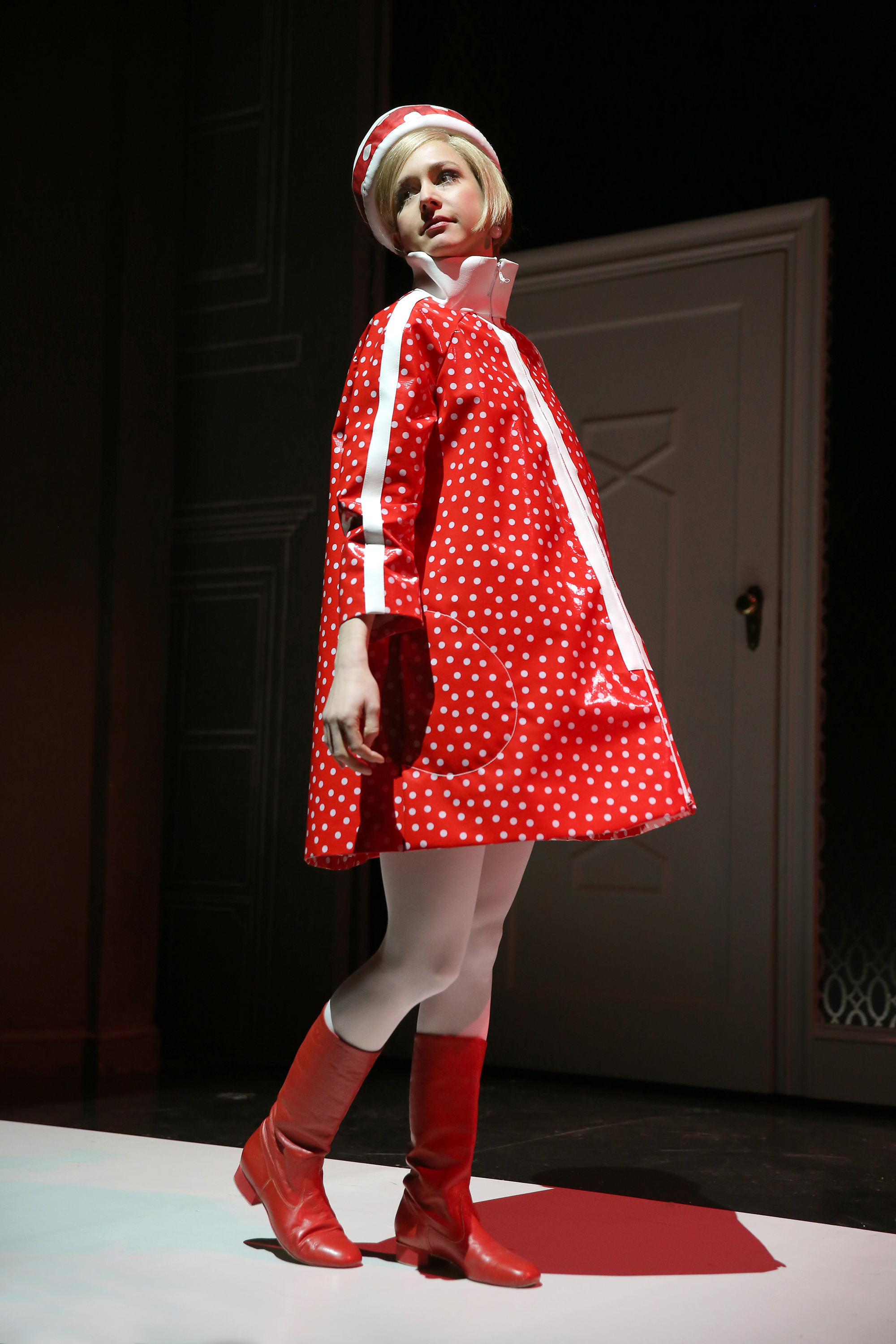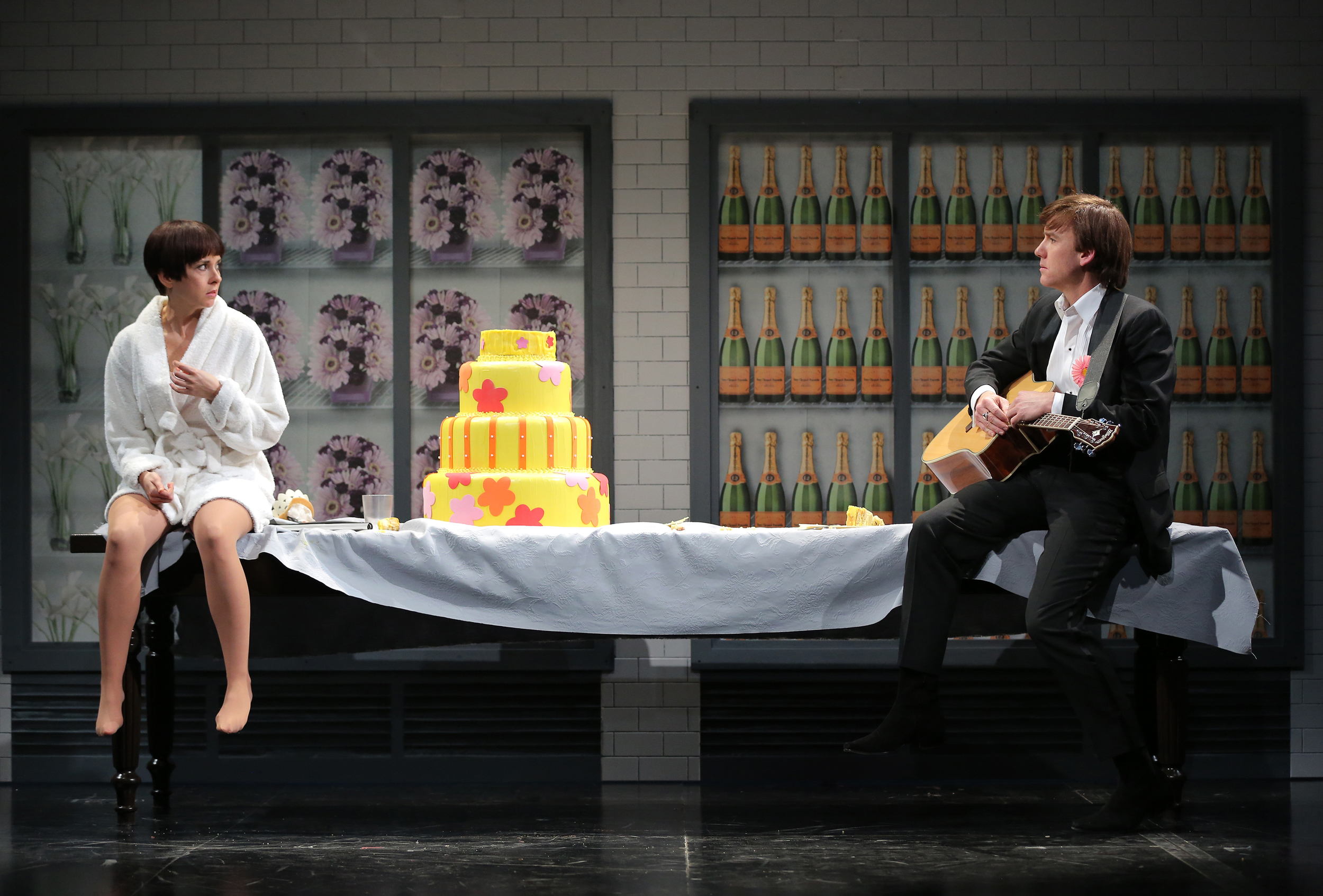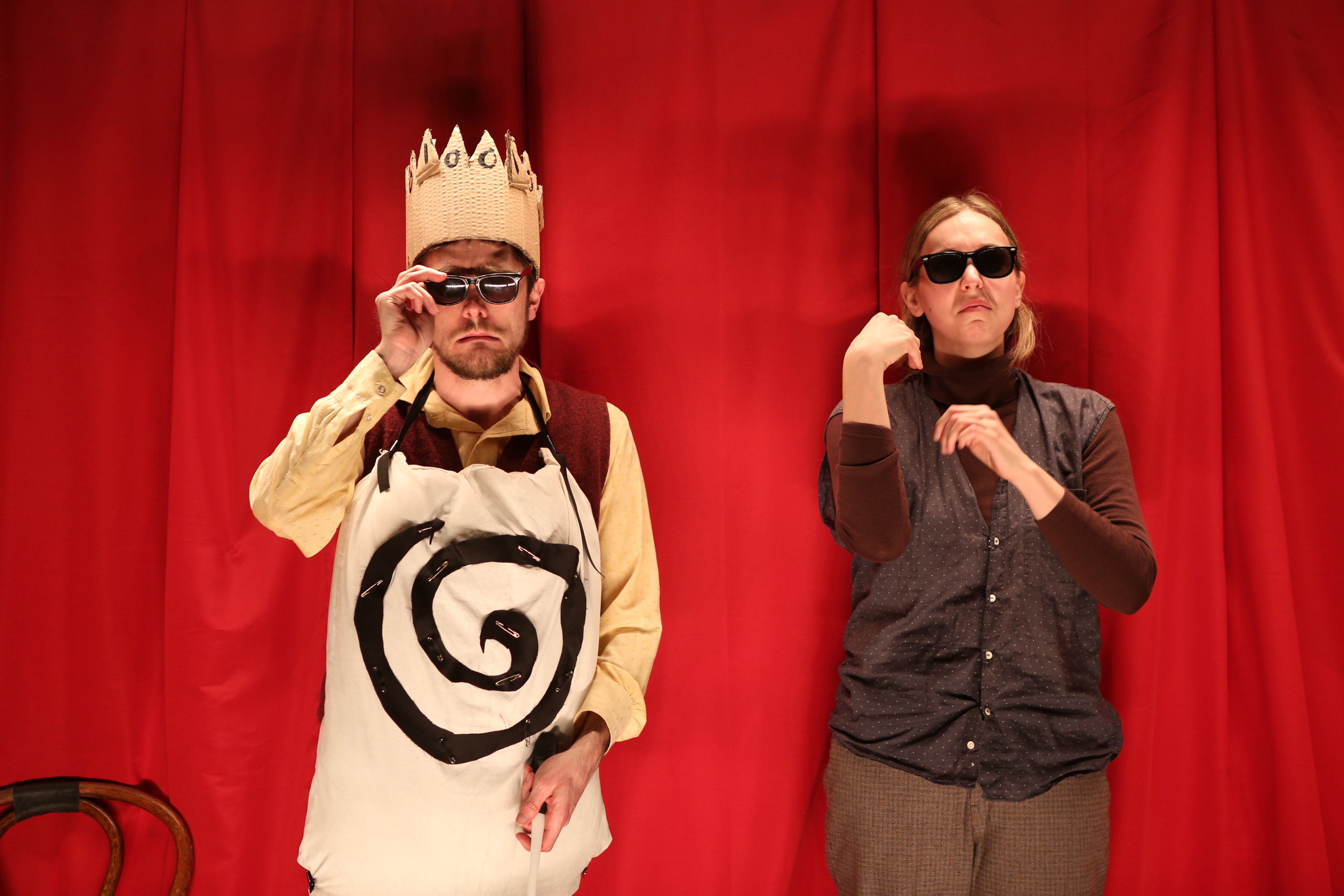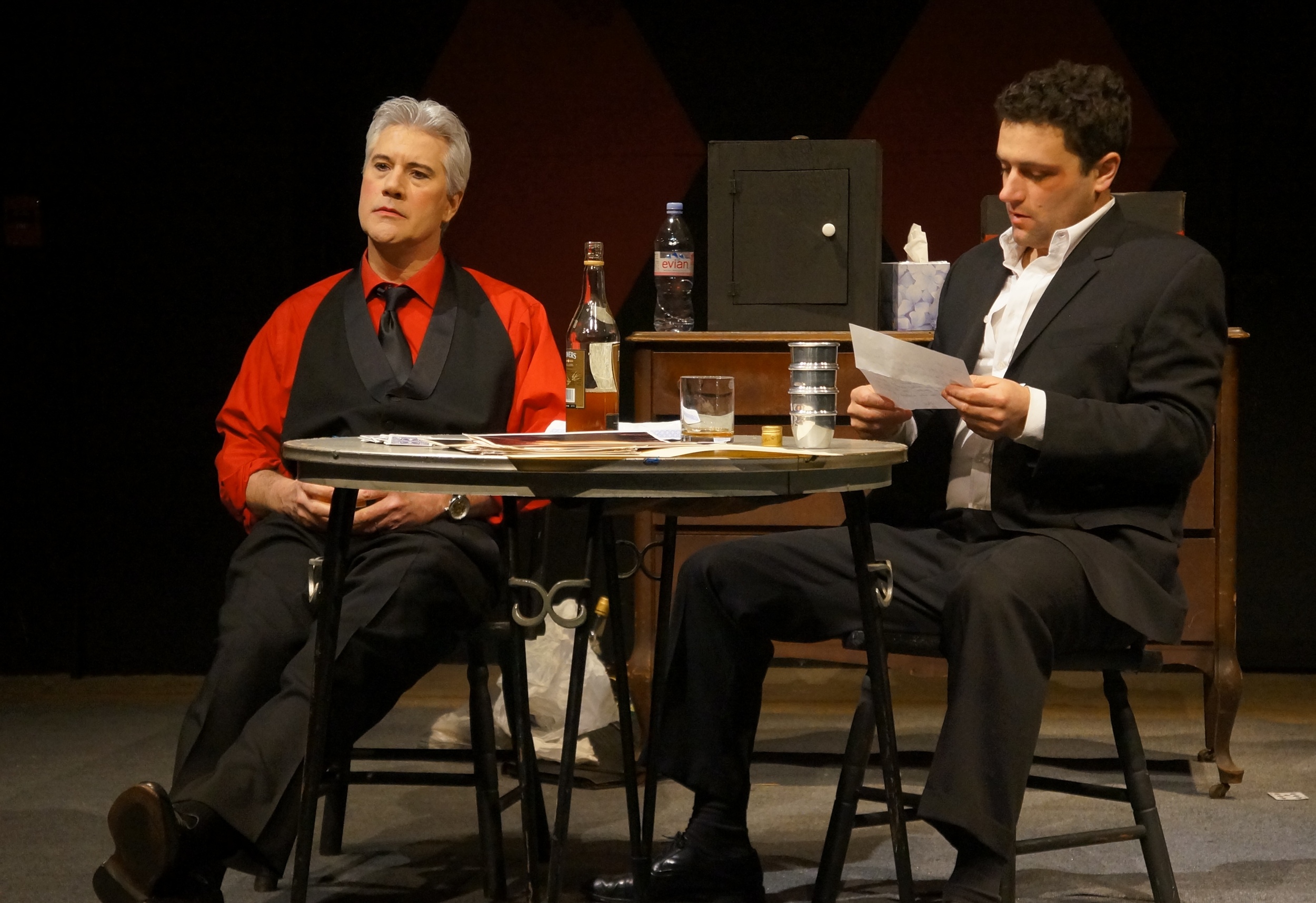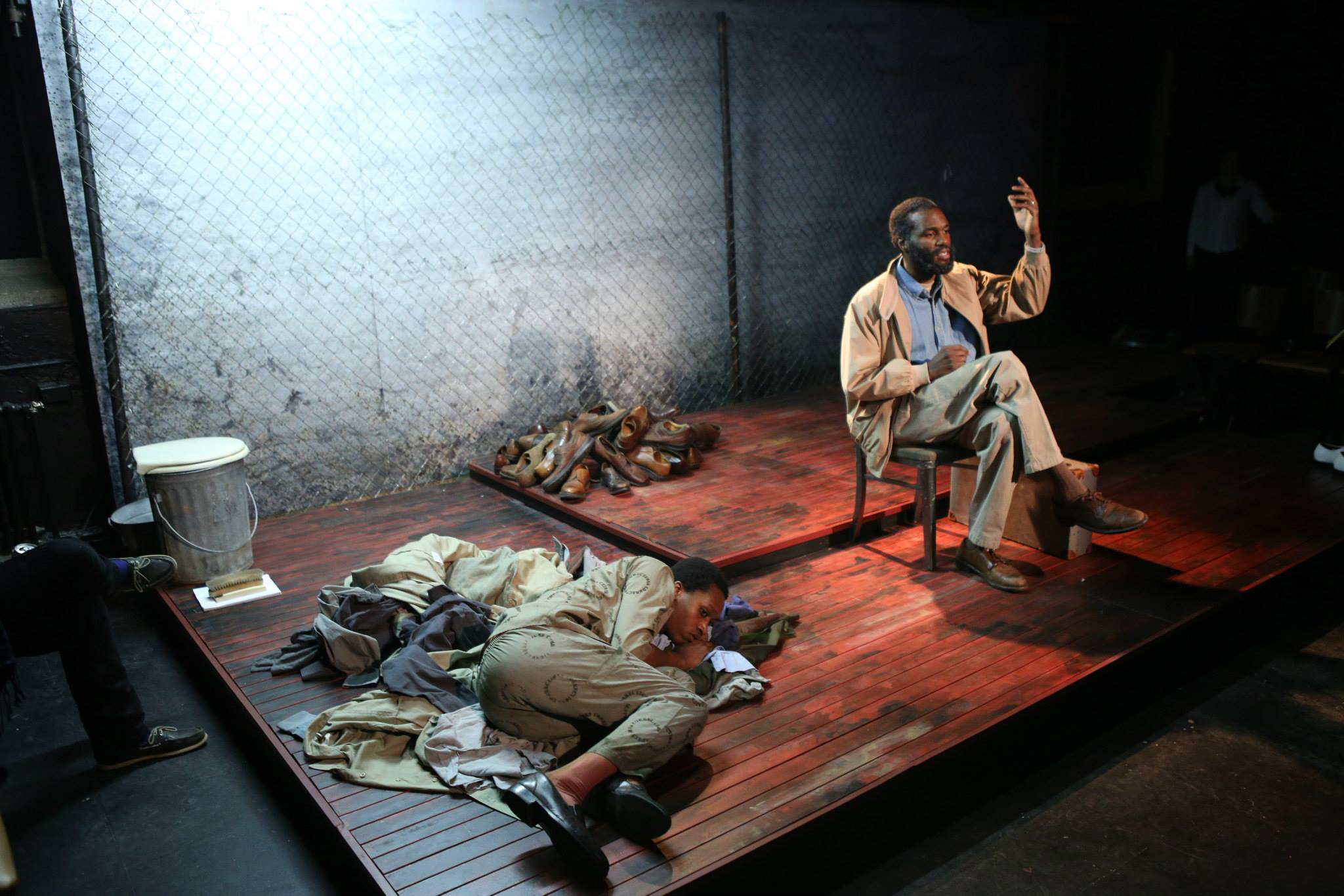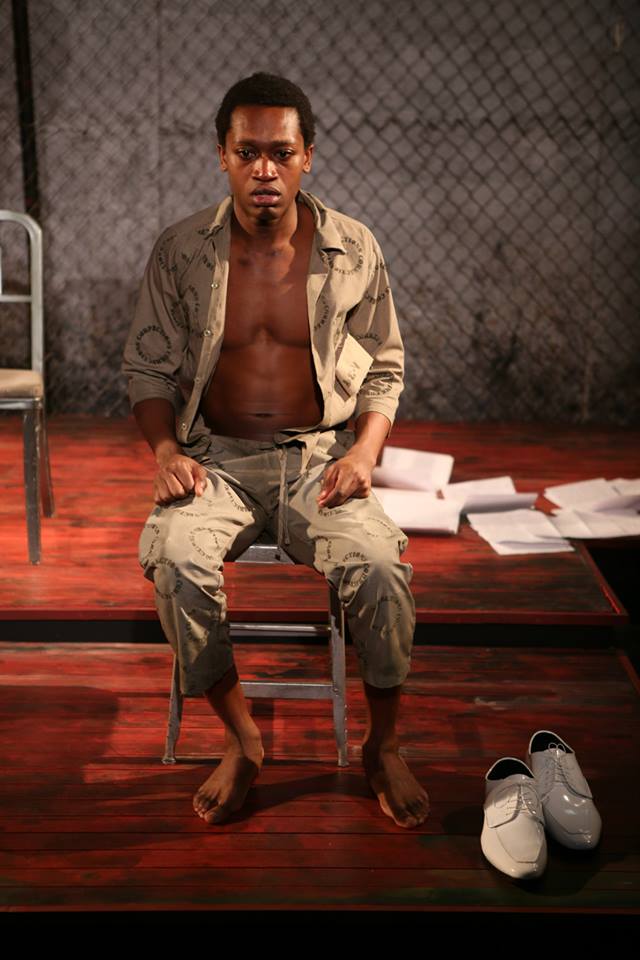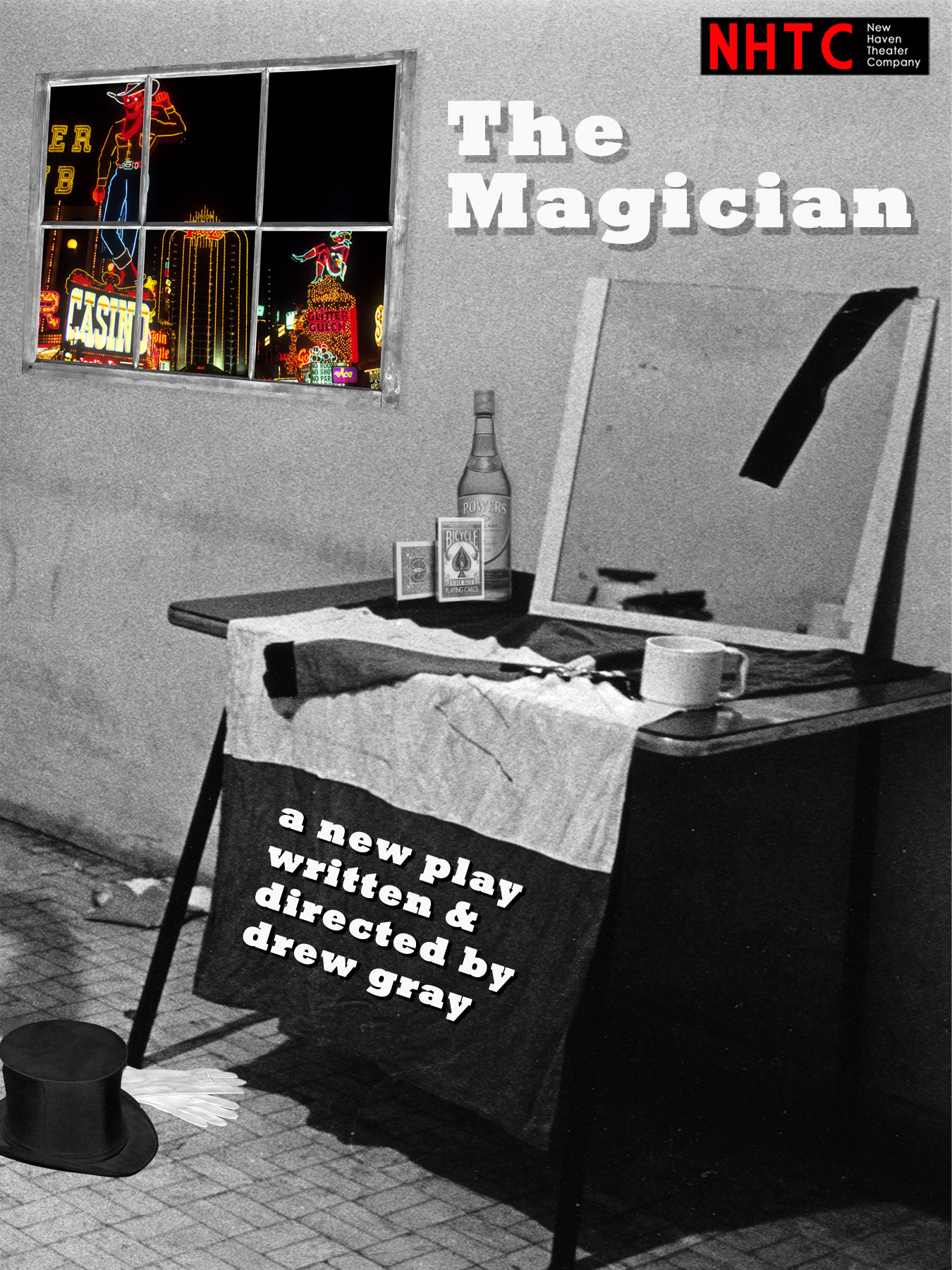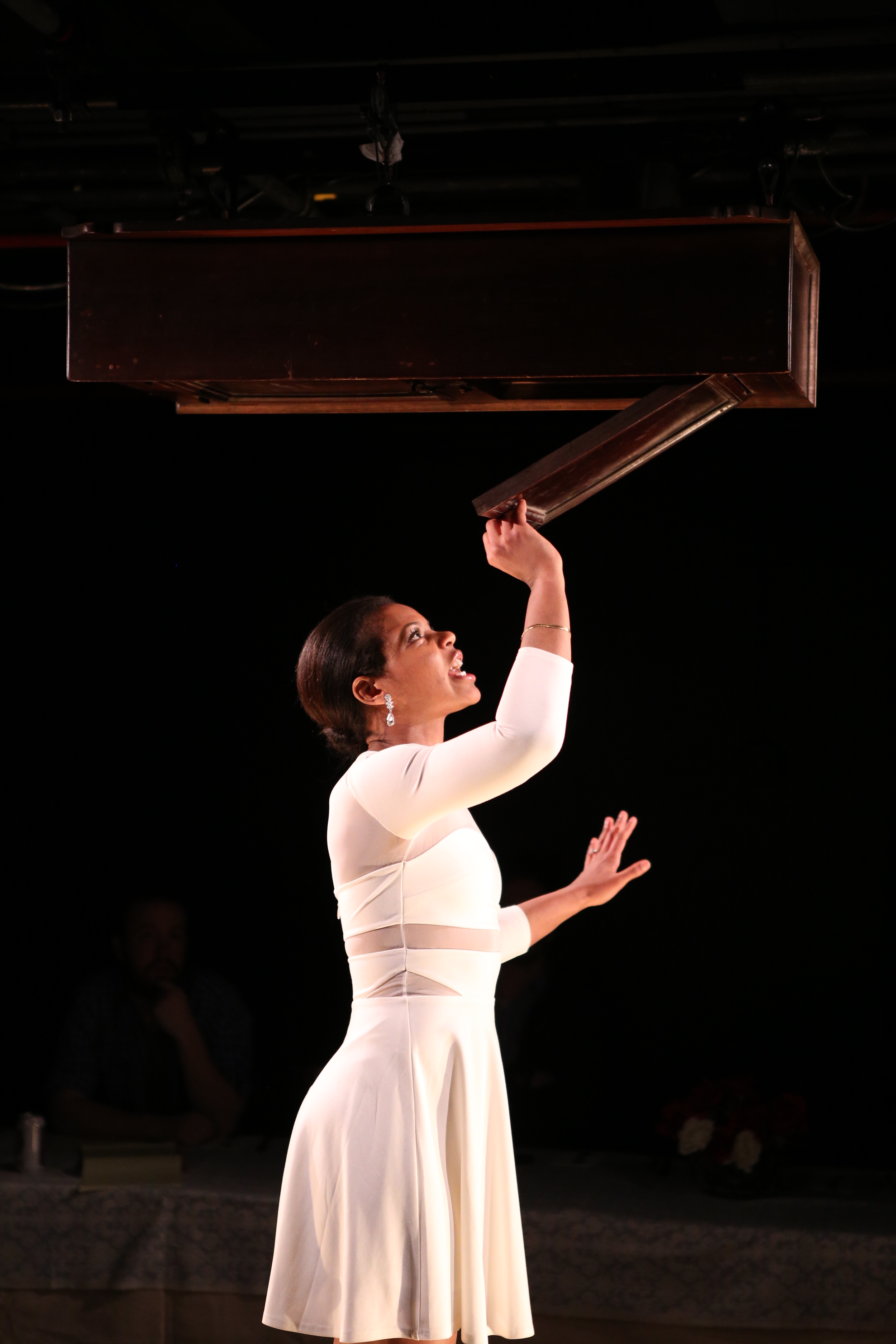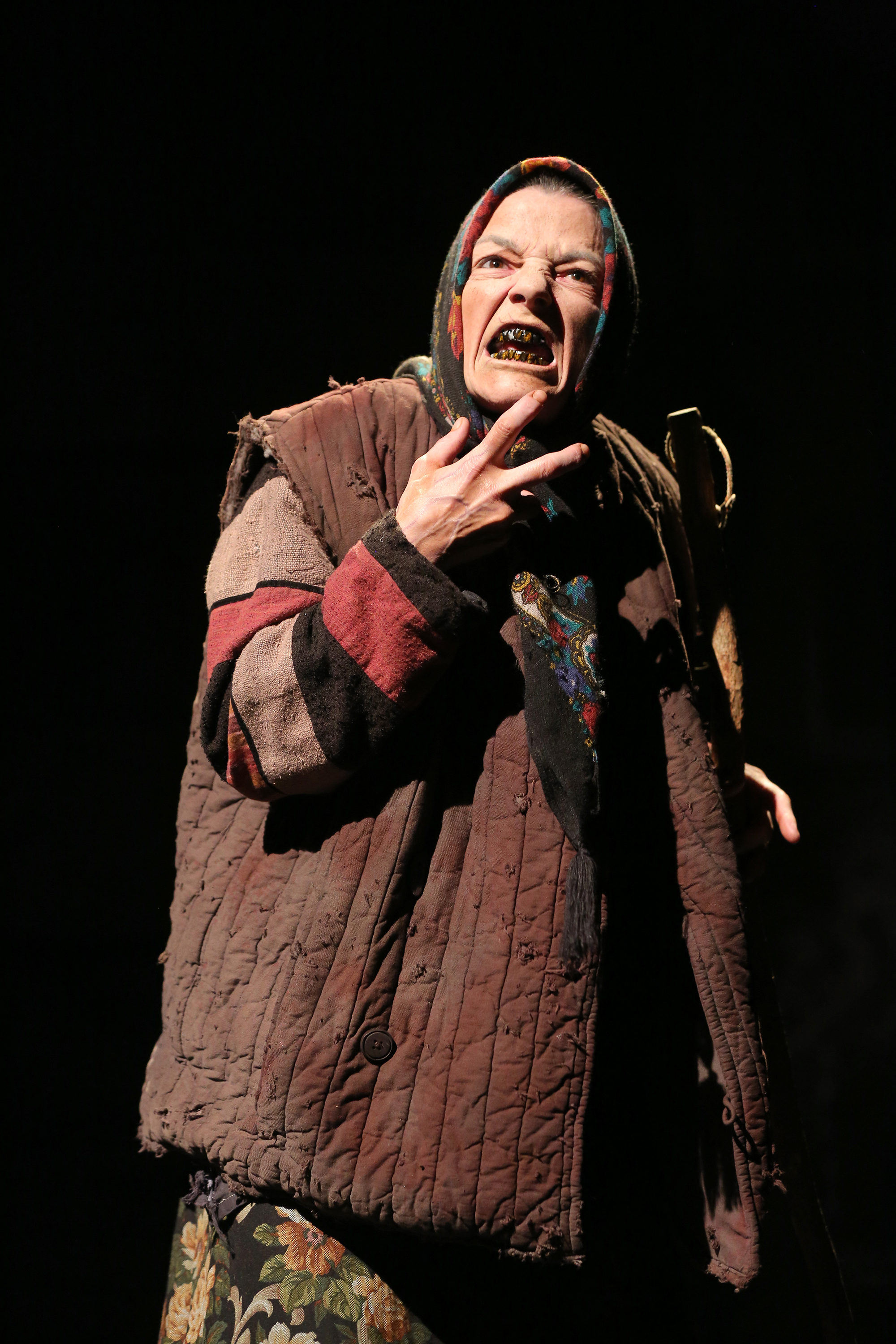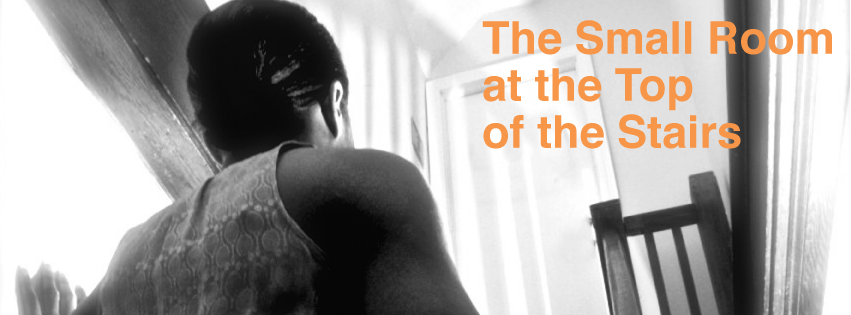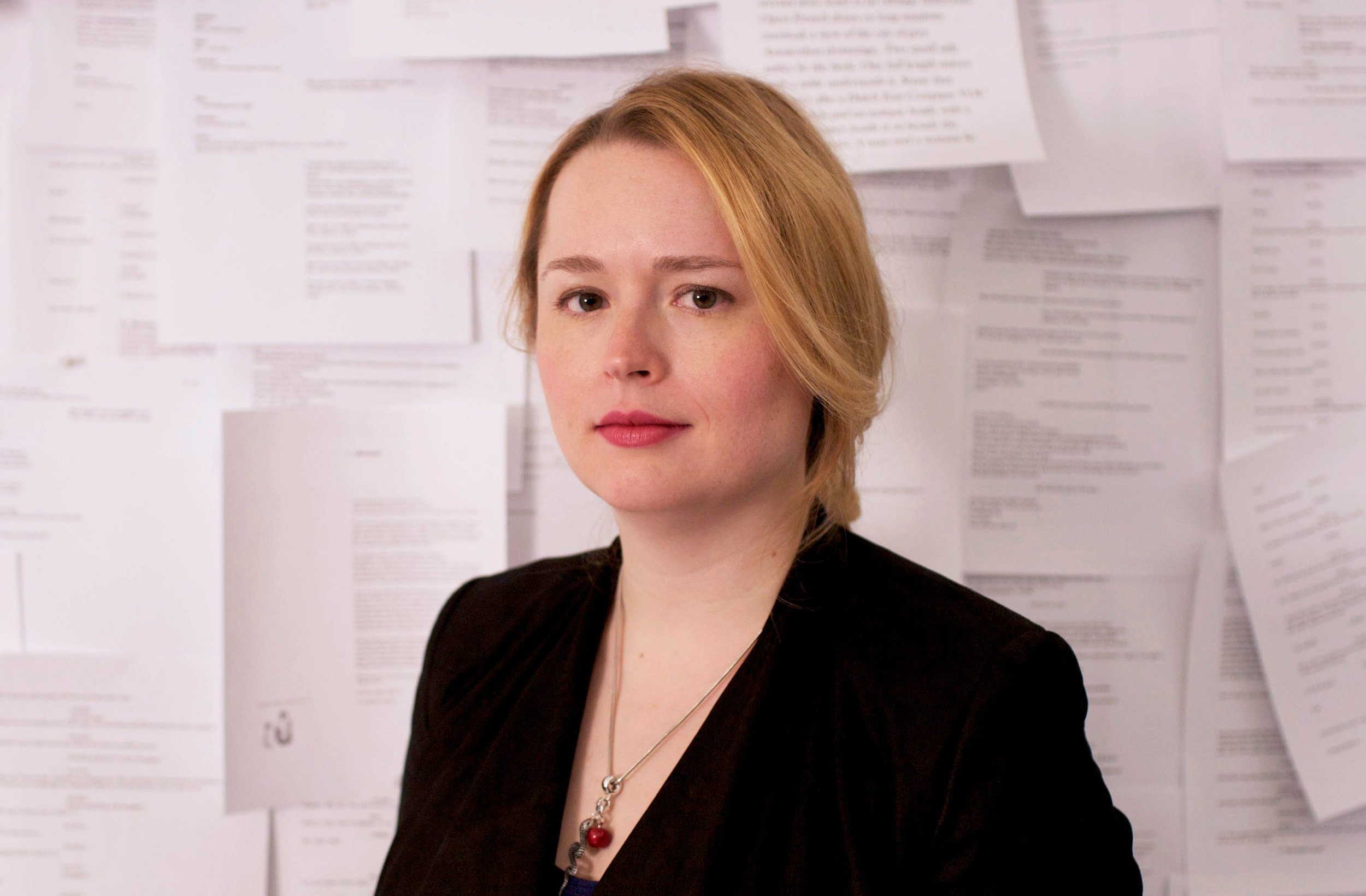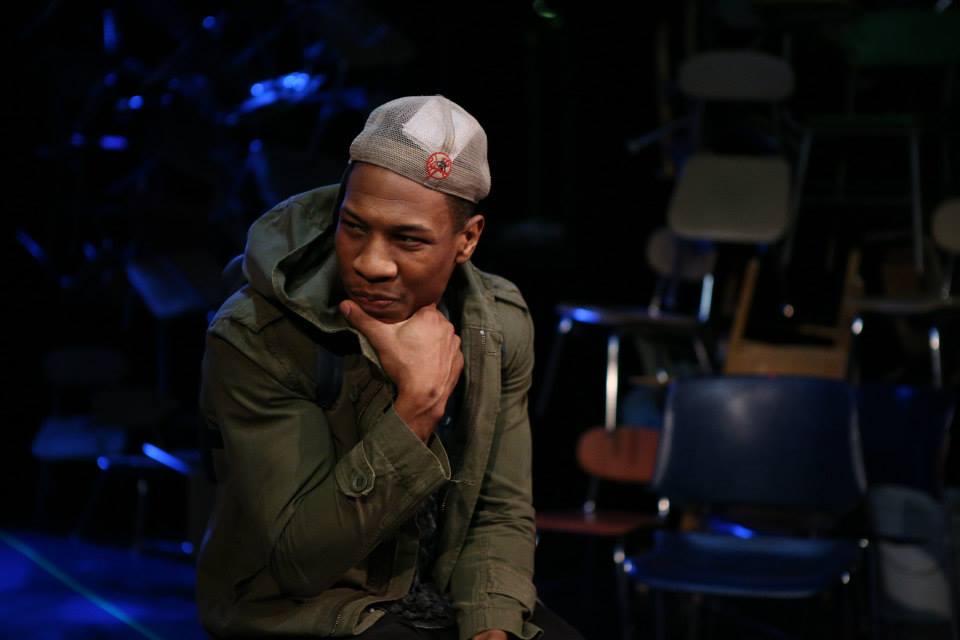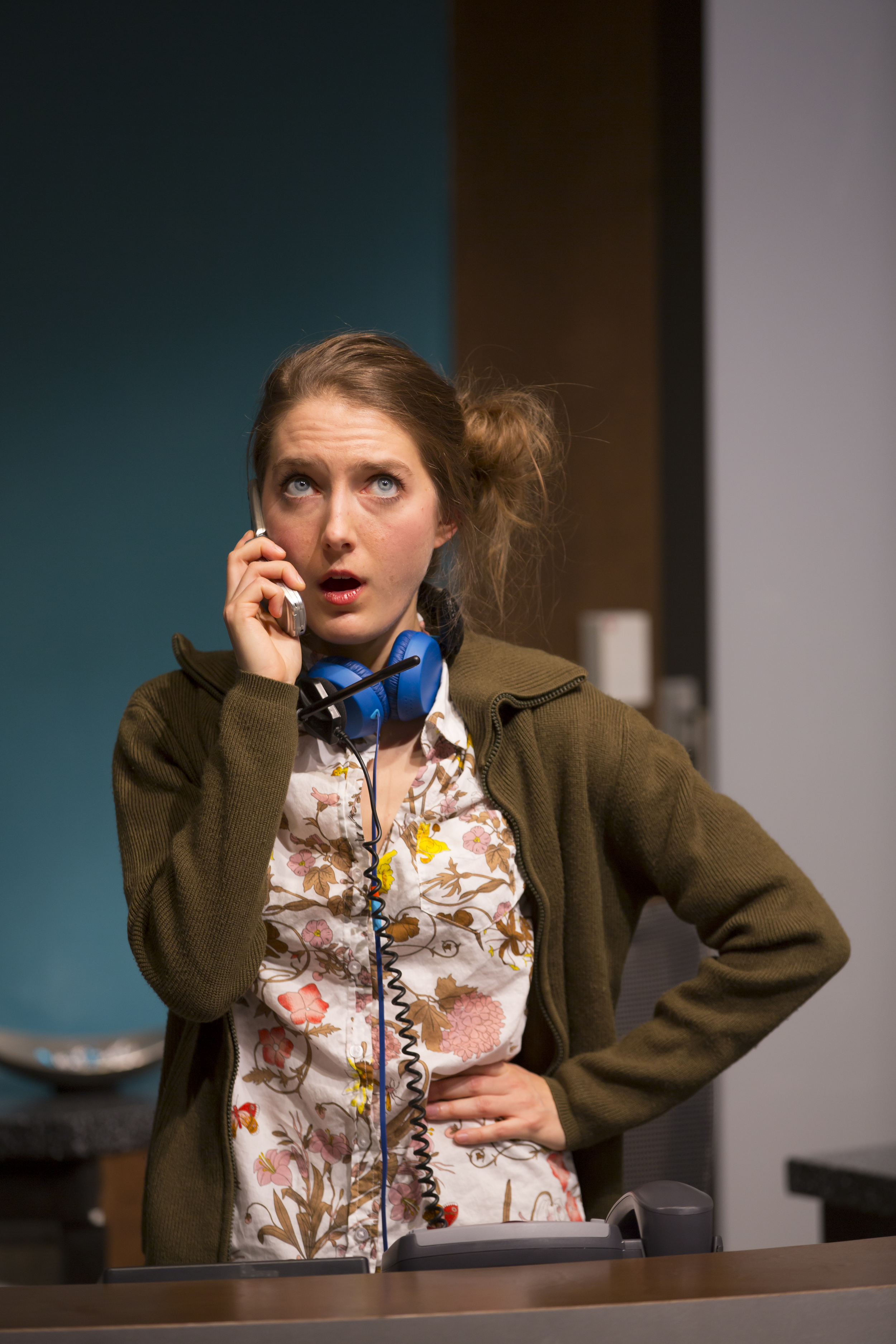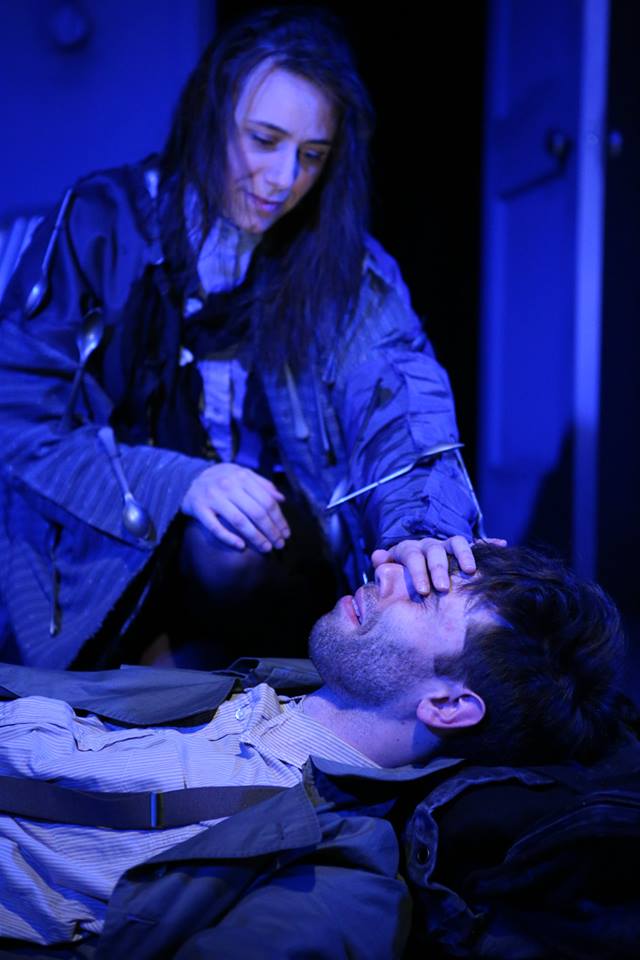A Review of Mark Lamoureux’s 29 Cheeseburgers + 39 Years Linking experiment to tradition without becoming stodgy, Mark Lamoureux’s 29 Cheeseburgers + 39 Years (Pressed Wafer, 2013) comprises two short Bildungsromans divided into tidy Elliptical poems that explore the self’s relation to consumerism.
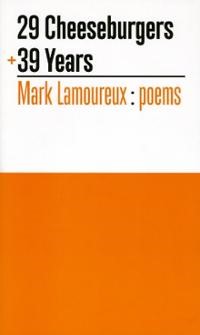 The consumerism theme is apparent immediately, for who can glance at that delicious-looking, orange-and-white cover without craving an Orange Julius; who can see the title’s defiantly analytical plus-sign, and not be reminded of Fugazi’s Repeater + 3 Songs? The fast-food of “cheeseburgers,” the fruit-flavored smoothie coloration, and the typography of a post-Hardcore album sold in Hot Topic all bring to mind a shopping mall.
The consumerism theme is apparent immediately, for who can glance at that delicious-looking, orange-and-white cover without craving an Orange Julius; who can see the title’s defiantly analytical plus-sign, and not be reminded of Fugazi’s Repeater + 3 Songs? The fast-food of “cheeseburgers,” the fruit-flavored smoothie coloration, and the typography of a post-Hardcore album sold in Hot Topic all bring to mind a shopping mall.
This is the world Lamoureux’s speaker inhabits, with all its empty glitz, and Lamoureux is well-aware of the fact, even as his speaker clings to his kitschy surroundings as models of how he wishes life were: Dualistic, plastic, with Hollywood-endings—in other words, easy.
Specifically, the speaker’s many enumerations of pop-culture references—some referring to actual products and media, others to imagined “properties”—can all be read as adolescent daydreaming. Intrusions from outside voices only carry trauma, as when the prosaic coherence of “Your father’s not coming back” inserts itself into “No. 5 Bernice Burger, Shady Glen Restaurant, Manchester, CT.”
Locating 29 Cheeseburgers’ scenes within the year-in-review poems of 39 Years, then, we realize these intrusions only exacerbate the speaker’s focus on his naively materialistic fantasies, as in “1982”:
… Zicon* X-Ray Man† Cryasor, master of elements Chess Man Blue Swordsman‡ poetry review Red Lance§ Steel Star Knights: Lance, Sword, Axe, poetry review Mace, Bow Thunderball¶ Utopian god of sound & light New Haven Review The terrific Triton Review of New Poetry, New Haven The changing Vulture…
Yes, much of 29 Cheeseburgers + 39 Years is escapism, but, as any American born after 1950 will recognize, escapism is almost universally a very real facet of our late 20th-century childhoods. Perhaps taking a cue from Carolyn Forché, Lamoureux is ostensibly reporting reality. The difference is that Lamoureux’s speaker is both subject and reporter, allowing for all the complex subjectivity implicit in a report on action nearly exclusively internal. Is, for instance, a “Cryasor” a bad-ass ‘cry(ogenic)-(dino)saur’ the speaker idolizes? Or is it the speaker’s at once humorous and tragic name for himself: ‘cry-a-sor(e)’?
In fact, Lamoureux is ingenious in unaffectedly offering such complex, refracting details, and in the case of the “Cryasor,” he is revealing a momentary flash of misunderstood maturity among the speaker’s thoughts. The “Cryasor” is a powerful idol, a disappointing reality and a terrifying beast all rolled into one, not merely a popgun prop or pun.
As such, this piece of pop-culture bric-a-brac foreshadows greater circumspection: As one of the objects with which the speaker identifies, the “Cryasor” is the ideal self, actual self and animal self—or super-ego, ego and id. It is “master of the elements” in every sense because it semantically unites all three elements of self into one word, one identity. After all, as Lamoureux is subtly telling us, power comes to the child when all aspects of the individual accept they are part of the unity; that is what we call, “adulthood.”
Of course, there is plenty of comic relief too, and much of it comes from the many riotous jabs several poems’ footnotes take at stodgy “literariness,” as when, footnoting “Doctor Doom” in “2000,” Lamoureux directly quotes the referenced comic-book character: “Before I tell you of my plan, let me demonstrate the power of my magnetic brainchildren.” Importantly, Lamoureux doesn’t use the footnote in a traditional way to explain what he’s referencing, nor does he surround the footnote’s text with quotation marks.
The reader unfamiliar with comic books, then, has no point of reference for this particular footnote. And, as Lamoureux is not attributing the quotation or even indicating it is one with punctuation, it becomes part of his speaker’s monologue, rather than authorial material intended to elucidate. In fact, cut off from its context as much any group of words can be, the statement becomes a cheeky aside from the speaker, the poem commenting on itself.
Moreover, this meta-text is a bit of facetious showboating, inserted as it is between the deftly executed mouthful of a pop-culture litany and an equally well-executed explication of that litany’s import. In other words, here we are hearing from a fully confident, adult speaker who has no problem taking the words out of Stan Lee’s mouth, while explaining and executing—at once—one hell of a verbal hat trick. Or, put even more simply, the words in the poem’s opening enumeration are the speaker’s “magnetic brain children,” while the less unmooring text following them is the “plan,” and the speaker is who else but Doctor Doom himself.
What more can we say about such goofy, if often bewildering, prose appendages, except that Lamoureux is obviously being a smartass with them. As with the example given above, every footnote in 29 Cheeseburgers + 39 Years bucks the traditional purpose of footnotes and obscures more than it reveals for any reader unwilling to unpack the text; sometimes, Lamoureux uses the notes to argue with the book’s editors, rebelliously reinserting deleted lines, while at other times he is telling readers to research a reference themselves or fuck off.
But, in any case, as with the “Doctor Doom” footnote and the “Cryasor” reference, there is typically a lot more going on psychologically for the speaker of 29 Cheeseburgers + 39 Years behind every word of its kitschy confusion than might initially come across. Lamoureux’s book simply wants acutely engaged readers willing to break out Google and Wikipedia as they read, and should that really be too much to ask?
Finally, we have the question of how to read this book. As mentioned above, Lamoureux is writing Elliptical poetry that, in some instances, borders on Language poetry. Yet the problem with placing these poems in either the Elliptical or Language categories is that Lamoureux isn’t disregarding syntax and diction or using jarring parataxis merely to be cute, unnerving or gimmicky.
Rather, these mechanisms make his poems cinematic, and the reader would do well to read each word as a frame in a montage: As when watching a movie, our minds must construct the book’s narrative out of pieces that are actually discrete. In this way, Lamoureux’s poems, in their presentation as products of Hollywood, are structurally true to their settings and themes. What results, then, is a melding of method and theme into a totality that would satisfy classical aesthetics while doing so in a way that answers the postmodern call to experimentation and disjunction to a degree of which few poets are capable.
29 Cheeseburgers + 39 Years Mark Lamoureux Pressed Wafer, 2013
Mark Lamoureux, a New Haven resident, reads Saturday, March 29, 8 p.m, at WAVEMACHINE, 1175 Chapel Street #601, New Haven, with poets Ossian Foley and David James Miller.
